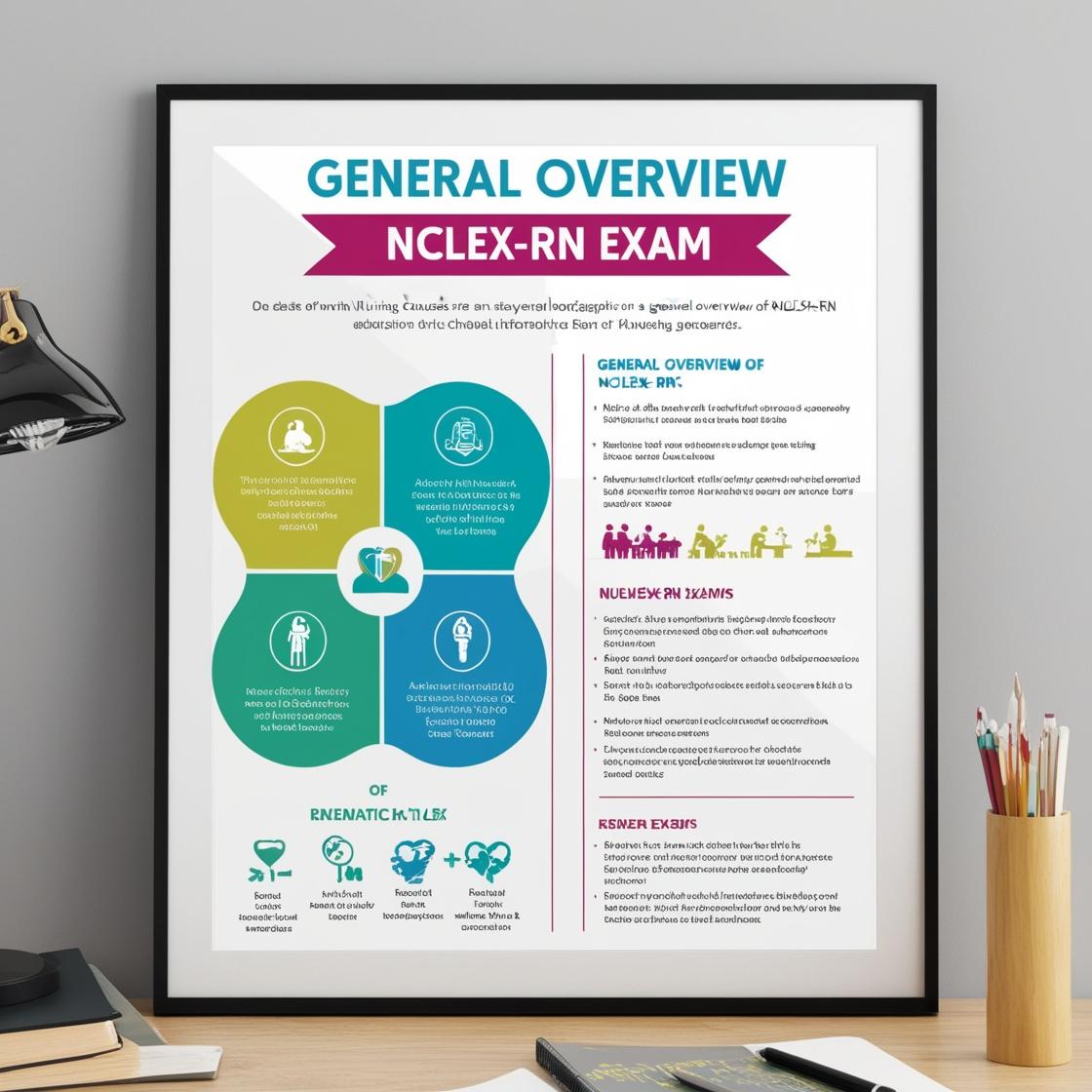NCLEX-RN
NCLEX RN Exam Prep
1. Nursing care plans contain which of the following?
- A. nursing diagnoses
- B. medical diagnoses.
- C. MD orders.
- D. intake and output forms
Correct answer: A
Rationale: Nursing care plans are legal documents that contain nursing diagnoses, such as an "Alteration of respiratory function". They also contain patient goals and nursing interventions.
2. You see a sign over Mary Jones' bed when you arrive at 7 am to begin your day shift. The sign says, 'NPO'. Ms. Jones is on a regular diet. The patient asks for milk and some crackers. You _____________.
- A. can give her the milk but not the crackers
- B. can give her both the milk and the crackers
- C. can give her the crackers but not the milk
- D. cannot give her anything to eat or drink
Correct answer: D
Rationale: The correct answer is that you cannot give her anything to eat or drink. 'NPO' is the standard abbreviation for 'nothing by mouth,' indicating that the patient should not consume any food or liquids. It is crucial to adhere to this restriction to prevent any potential harm or complications in the patient's condition. Choices A, B, and C are incorrect because 'NPO' clearly specifies that the patient should not have anything to eat or drink, including milk and crackers. Providing these items could lead to adverse effects, so it is essential to follow the 'NPO' directive strictly.
3. You are ready to wash your patient's face. You would start by washing what area of the face?
- A. The forehead
- B. The eyes
- C. The ears
- D. The cheeks
Correct answer: B
Rationale: When washing a patient's face, it is essential to start by cleaning the eyes. The eye area is considered the priority because moving from an area that can potentially be infected to areas of the face and body that are least able to become infected with a washcloth helps prevent the spread of germs. Washing the forehead, ears, or cheeks before the eyes may risk transferring bacteria to a more sensitive area like the eyes, which could lead to infections or other complications. Therefore, starting with the eyes ensures proper hygiene and reduces the risk of introducing harmful microorganisms to the patient's face.
4. Which of the following is an example of physical abuse?
- A. A slap to the person's hand
- B. Threatening the person
- C. Ignoring and isolating a person
- D. Leaving a patient soiled for hours
Correct answer: A
Rationale: The correct answer is 'A slap to the person's hand.' Slapping, hitting, and punching are clear examples of physical abuse. Physical abuse involves actions that can cause physical harm or injury to a person. Choice B, 'Threatening the person,' falls under the category of emotional or psychological abuse, where threats can cause fear and emotional distress but do not involve physical harm. Choice C, 'Ignoring and isolating a person,' is a form of neglect or emotional abuse, not physical abuse. Choice D, 'Leaving a patient soiled for hours,' is an example of neglect or lack of proper care, which is also not classified as physical abuse.
5. Which contraindication should be assessed for prior to administering an immunization to a child?
- A. Mild cold symptoms
- B. Chronic asthma
- C. Depressed immune system
- D. Allergy to eggs
Correct answer: C
Rationale: Before administering immunizations to children, it is crucial to assess for contraindications. A depressed immune system, such as that seen in conditions like HIV or due to chemotherapy, is a significant contraindication. Immunizations may not be safe or effective in children with compromised immune systems. Mild cold symptoms, although not ideal, are not a contraindication for routine immunizations. Chronic asthma, while a consideration, is not a direct contraindication for routine immunizations. Allergy to eggs is a contraindication for specific vaccines, such as influenza vaccine that is grown in eggs, but it is not a contraindication for all immunizations.
Similar Questions

Access More Features
NCLEX RN Basic
$69.99/ 30 days
- 5,000 Questions with answers
- Comprehensive NCLEX coverage
- 30 days access @ $69.99
NCLEX RN Premium
$149.99/ 90 days
- 5,000 Questions with answers
- Comprehensive NCLEX coverage
- 30 days access @ $149.99
